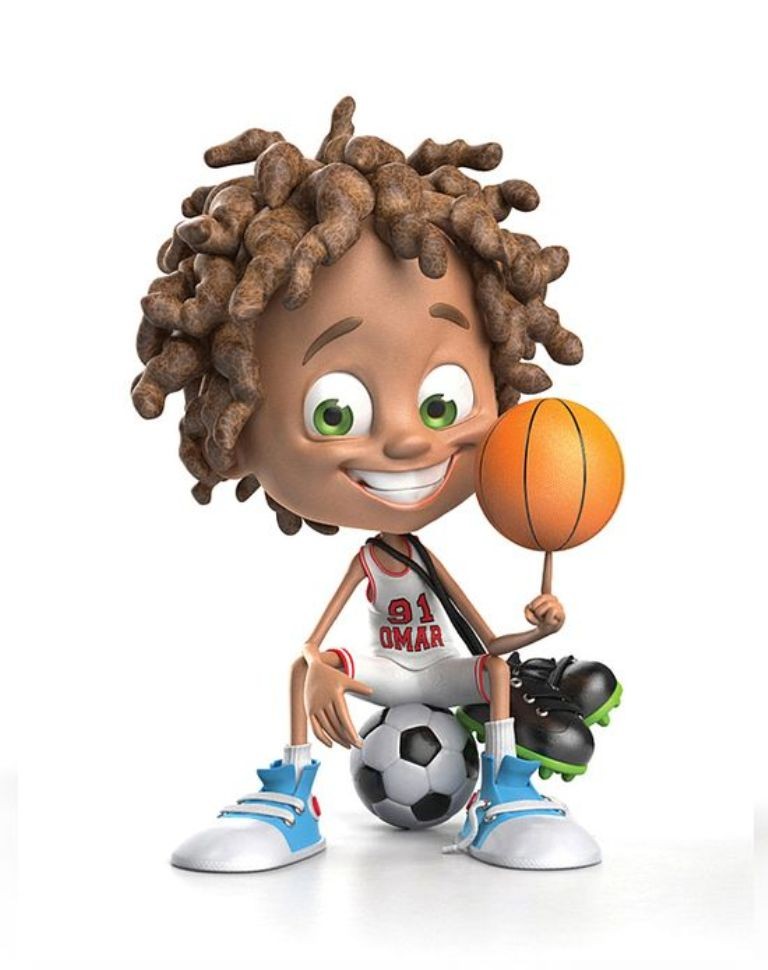

"Rigging" is the process that gives characters (and objects) movement, and it's a crucial step in making them move realistically. Introducing 3D characters also makes your brand more human and relatable and tends to be more "sharable" content. How can 3D character animation boost my business?ģD characters have the power to make your business concept simpler to understand because the content is visualized in a fun and engaging way - and have been proven to be more appealing than real people.There are four main techniques used for creating 3D characters: 3D modeling based on concept art, texturing for a unique look, rigging to bring the characters to life, and animation to add movement to the characters. What techniques are used for 3D characters and modeling?.

#3d character animator tv#
3D animation is commonly used for TV shows, movies, and video games to give the viewer an incredibly life-like character. Within the game project you will mainly work with. You will work closely with artists, game designers, and programmers to bring our game ideas to life.

These creative professionals develop characters that use movement to tell a story, whether it’s for film, television, video games or mobile applications. It is a specialized area of animation that focuses mainly on the movement of characters and is quickly becoming a highly sought-out marketing tool for businesses.Īnimated characters are used for many types of marketing and advertising methods, such as explainer videos, social media posts and ads, GIFs, branding, product promotion, animated videos, storyboards, and more. What Does a Character Animator Do Character animators create and design characters using animation software, 3D modeling, 2D animations, and even puppetry. 3D animators bring an imagined universe and its characters to life. Explore More Character Animation ServicesĬharacter animation is the art that involves bringing animated characters to life in either two or three dimensions. They breathe life into characters, creatures, and objects by producing the motions, gestures, and expressions of a rigged 3D model frame-by-frame, which is then strung together to form the actions seen in films, TV, advertising, and video games.


 0 kommentar(er)
0 kommentar(er)
